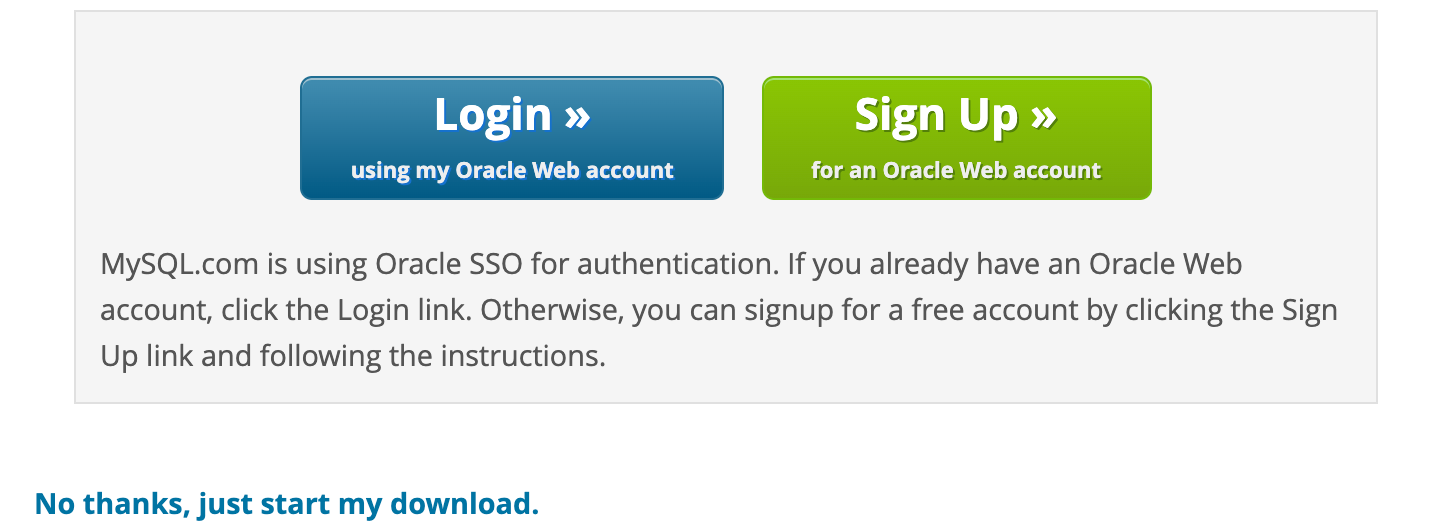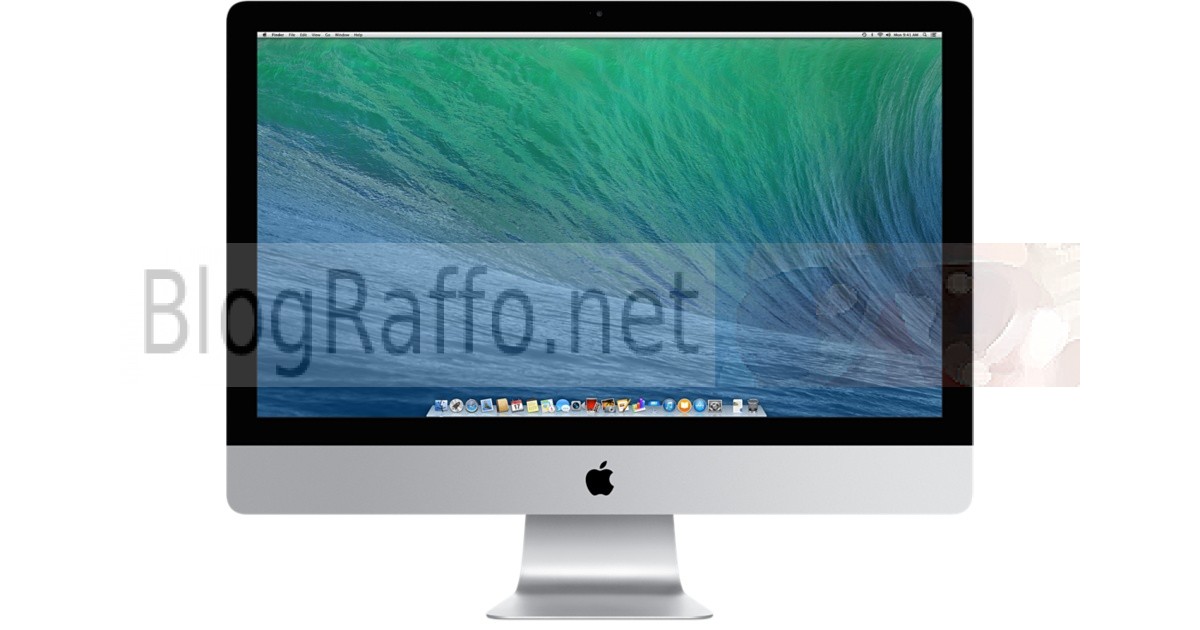2.4.2 Installing MySQL on macOS Using Native Packages
To learn how to download and install MySQL on Mac here are some easy steps that you can follow easily with some useful tips. Download the disk image (.dmg) file (the community version is available here) that contains the MySQL package installer. Double-click the file to mount the disk image and see its contents. Once the MySQL preference pane has been installed, you can control your MySQL server instance using the. App Preference Mac Informer. Featured App Preference free downloads and reviews. Latest updates on everything App Preference Software related. Download the Mac OS X x64. The MySQL Installation Package includes a MySQL preference pane that enables you to start, stop, and control automated.
The package is located inside a disk image (.dmg) file that you first need to mount by double-clicking its icon in the Finder. It should then mount the image and display its contents.
Before proceeding with the installation, be sure to stop all running MySQL server instances by using either the MySQL Manager Application (on macOS Server), the preference pane, or mysqladmin shutdown on the command line.
To install MySQL using the package installer:
Download the disk image (
.dmg) file (the community version is available here) that contains the MySQL package installer. Double-click the file to mount the disk image and see its contents.Figure 2.13 MySQL Package Installer: DMG Contents
Double-click the MySQL installer package from the disk. It is named according to the version of MySQL you have downloaded. For example, for MySQL server 5.7.35 it might be named
mysql-5.7.35-macos-.10.13-x86_64.pkgThe initial wizard introduction screen references the MySQL server version to install. Click to begin the installation.
Figure 2.14 MySQL Package Installer Wizard: Introduction
The MySQL community edition shows a copy of the relevant GNU General Public License. Click and then to continue.
From the Installation Type page you can either click to execute the installation wizard using all defaults, click to alter which components to install (MySQL server, Preference Pane, Launchd Support -- all enabled by default).
Although the option is visible, the installation location cannot be changed.
Figure 2.15 MySQL Package Installer Wizard: Installation Type
Figure 2.16 MySQL Package Installer Wizard: Customize
Click to begin the installation process.
After a successful installation, the installer displays a window with your temporary root password. This cannot be recovered so you must save this password for the initial login to MySQL. For example:
Figure 2.17 MySQL Package Installer Wizard: Temporary Root Password
MySQL expires this temporary root password after the initial login and requires you to create a new password.
Summary is the final step and references a successful and complete MySQL Server installation. the wizard.
Figure 2.18 MySQL Package Installer Wizard: Summary
MySQL server is now installed, but it is not loaded (or started) by default. Use either launchctl from the command line, or start MySQL by clicking 'Start' using the MySQL preference pane. For additional information, see Section 2.4.3, “Installing a MySQL Launch Daemon”, and Section 2.4.4, “Installing and Using the MySQL Preference Pane”. Use the MySQL Preference Pane or launchd to configure MySQL to automatically start at bootup.

When installing using the package installer, the files are installed into a directory within /usr/local matching the name of the installation version and platform. For example, the installer file mysql-5.7.35- installs MySQL into macos10.13-x86_64.dmg/usr/local/mysql-5.7.35-macos10.13-x86_64/ . The following table shows the layout of the installation directory.
Table 2.7 MySQL Installation Layout on macOS
Mysql Preference Pane Mac Download Full

| Directory | Contents of Directory |
|---|---|
bin | mysqld server, client and utility programs |
data | Log files, databases |
docs | Helper documents, like the Release Notes and build information |
include | Include (header) files |
lib | Libraries |
man | Unix manual pages |
mysql-test | MySQL test suite |
share | Miscellaneous support files, including error messages, sample configuration files, SQL for database installation |
support-files | Scripts and sample configuration files |
/tmp/mysql.sock | Location of the MySQL Unix socket |
Mysql Preference Pane Mac Download Free
During the package installer process, a symbolic link from /usr/local/mysql to the version/platform specific directory created during installation is created automatically.
Click to see full answer.
Furthermore, can you install MySQL on Mac?
The MySQL server is installed on the Mac, but it does not load by default. Start MySQL by clicking Start using the MySQL Preference Pane, which was installed during the default installation. You can configure MySQL to automatically start when you turn on your computer using the MySQL Preference Pane.
Subsequently, question is, how do I know if MySQL is running on my Mac? When you type ls you should see mysql-YOUR-VERSION. You will also see mysql which is the installation directory. If you've installed with the dmg, you can also go to the Mac 'System Preferences' menu, click on 'MySql' and then on the configuration tab to see the location of all MySql directories.
Furthermore, how do I enable accessibility on my Mac?
Perform the steps below to enable Accessibility in OS X 10.7:
- Choose Apple menu at the top left of the screen.
- Click System Preferences.
- Click Universal Access.
- Select the checkbox next to 'Enable access for assistive devices'. Note: you will be asked for the Administrator password.
- Close System Preferences .
Where is MySQL installed on Mac?
The installation layout is similar to that of a tar file binary distribution; all MySQL binaries are located in the directory /usr/local/mysql/bin. The MySQL socket file is created as /tmp/mysql. sock by default. See Section 2.7, “Installation Layouts”.